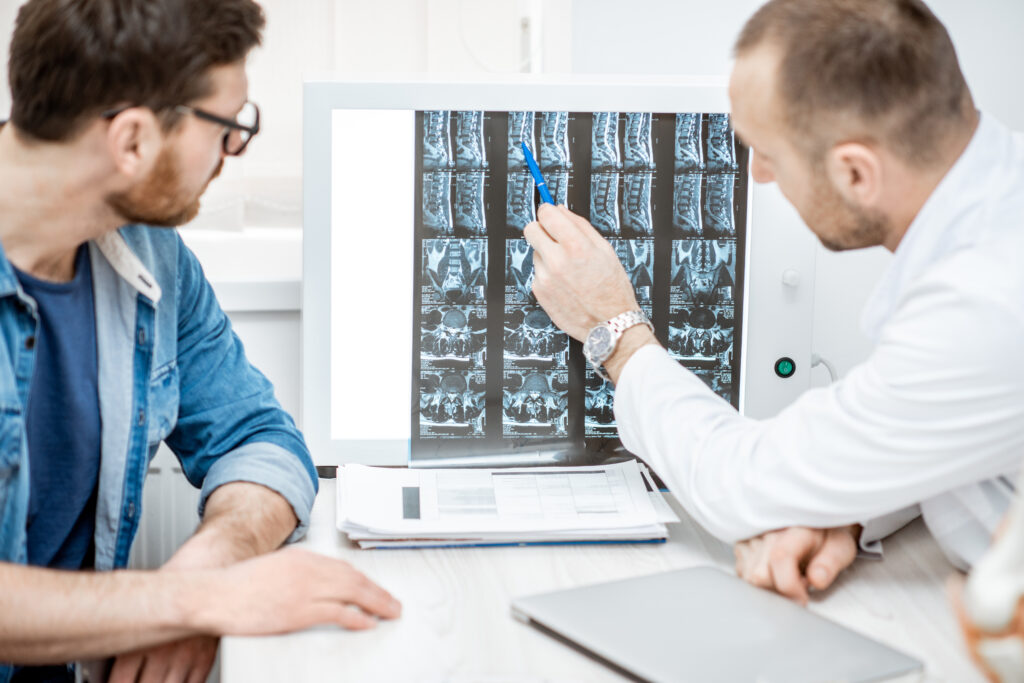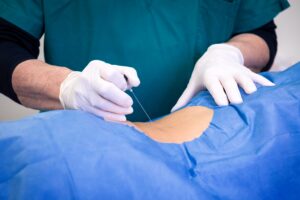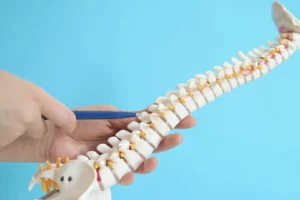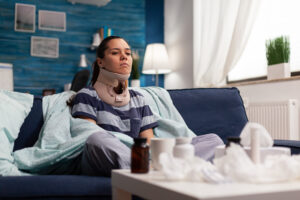The human spine is a marvel of nature, a complex structure that supports our body and facilitates movement. However, like any intricate system, it can sometimes develop irregularities. One such irregularity is scoliosis, a condition where the spine curves abnormally. While many associate scoliosis with adolescence, it is equally important for adults to understand the different types of scoliosis, as it can significantly impact their health and quality of life.
The Spine’s Natural Curvature
Before discussing the types of scoliosis, it’s essential to understand the spine’s natural curvature. Typically, when viewed from the side, the spine has gentle curves. These curves help distribute mechanical stress as we move. However, when viewed from the back, a healthy spine should appear straight. Any lateral (sideways) curvature might indicate scoliosis.
What is Scoliosis?
Scoliosis is a condition characterized by an abnormal, sideways curvature of the spine. While it can develop at any age, its implications and manifestations can be distinct for adults. Recognizing the various types of scoliosis is the first step toward effective management.
Types of Scoliosis in Adults
Idiopathic Scoliosis
This is the most common type of scoliosis. The term ‘idiopathic’ means the exact cause is unknown. While it often begins in adolescence, it can progress or become more noticeable in adulthood. There are two main subtypes:
Adolescent Idiopathic Scoliosis in Adults (AIS in Adults): This refers to individuals who were diagnosed during their teenage years but continue to experience symptoms or progression into adulthood.
Adult-Onset Idiopathic Scoliosis: This subtype is less common and refers to scoliosis that first appears in adulthood without any prior history during adolescence.
Degenerative (or De Novo) Scoliosis
Unlike idiopathic scoliosis, degenerative scoliosis arises from the wear and tear of the spine’s discs and joints. As the name suggests, it’s a type of scoliosis that typically begins in adulthood. Age-related changes, such as disc degeneration or arthritis, can lead to this spinal curvature.
Neuromuscular Scoliosis
This type of scoliosis results from disorders affecting the nerves and muscles. Conditions like cerebral palsy, muscular dystrophy, or spinal cord injuries can lead to an imbalance in the muscles supporting the spine, causing it to curve.
Congenital Scoliosis
Congenital means “present at birth.” In congenital scoliosis, there’s a bone abnormality in the spine that an individual is born with. While it originates from a birth defect, its effects can become more pronounced or problematic in adulthood.
Syndromic Scoliosis
Some individuals develop scoliosis as part of a broader syndrome or condition. For instance, scoliosis can manifest as a symptom of conditions like Marfan syndrome or Rett syndrome.
Symptoms and Implications for Adults
The types of scoliosis mentioned can manifest in various ways.
- A visible curvature in the spine.
- Uneven shoulders or hips.
- Back pain or discomfort.
- Difficulty breathing (in severe cases).
While a slight curve might not cause any discomfort, more pronounced types of scoliosis can impact daily activities, causing pain or even affecting lung function. Recognizing these symptoms early can lead to more effective interventions.
Diagnosis and Assessment
If one suspects they have scoliosis, a thorough assessment by a spine specialist is paramount. This evaluation often includes a detailed medical history, a physical examination, and imaging studies like X-rays or MRIs. These tools help determine the type, severity, and potential causes of scoliosis.

Treatment Options for Adults
Non-Surgical Treatments
Many adults with scoliosis benefit from non-surgical treatments, which can consist of a combination of the following.
Physical Therapy: Tailored exercises can help strengthen the back muscles, providing better support to the spine and alleviating some of the discomfort associated with scoliosis.
Bracing: While more common in adolescents, some adults might benefit from wearing a brace to prevent the progression of the spinal curve.
Pain Management: Over-the-counter pain relievers or prescription medications can help manage the pain associated with some types of scoliosis.
Surgical Treatments
For individuals with severe curvature or experiencing significant discomfort, surgical interventions become a viable option. The chosen procedure often depends on the specific type and severity of the scoliosis.
Spinal Fusion: This procedure involves joining two or more vertebrae together to form a single, solid bone. The fusion restricts movement between the vertebrae, reducing pain and preventing further curvature progression.
Insertion of Rods and Screws: To provide immediate stability to the spine, surgeons may insert rods and screws. These devices hold the spine in place while the bones fuse naturally over time.
Laminectomy: Often used for treating spinal stenosis accompanying scoliosis, this procedure involves removing a portion of the vertebral bone called the lamina. It helps relieve pressure on the spinal cord or nerves, alleviating pain and discomfort.
Living with Scoliosis as an Adult
Managing scoliosis as an adult requires a combination of medical intervention, lifestyle adjustments, and regular monitoring. Regular check-ups keep track of the progression of the curve and adjust treatment plans as necessary. While not all types of scoliosis can be prevented, certain measures can reduce one’s risk.
- Engage in regular physical activity to strengthen the back and core muscles.
- Maintain a healthy weight to reduce strain on the spine.
- Ensure proper posture, especially during prolonged sitting or standing.

Take Control of Your Spinal Health Today
Living with scoliosis or any spinal condition can be challenging, but you’re not alone in this journey. At The Institute for Comprehensive Spine Care, my dedicated team and I provide exceptional spinal care tailored to your unique needs. With my guidance and expertise, we are committed to helping you regain your quality of life. Our state-of-the-art facilities, combined with the latest in medical technology, ensure that you receive the best care possible. Whether you’re seeking preventive treatments, minimally invasive surgical procedures, or simply want to better understand your condition, I’m here to guide and support you every step of the way. Don’t let spinal issues hold you back; schedule a consultation with me and take the first step towards a healthier spine today.
















